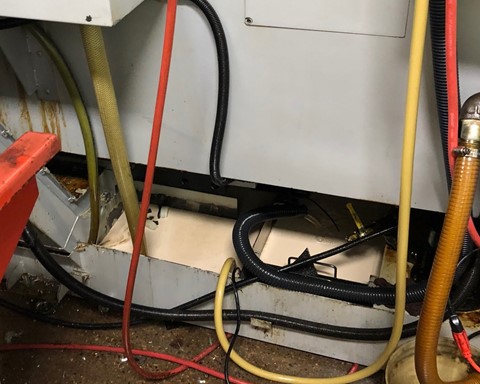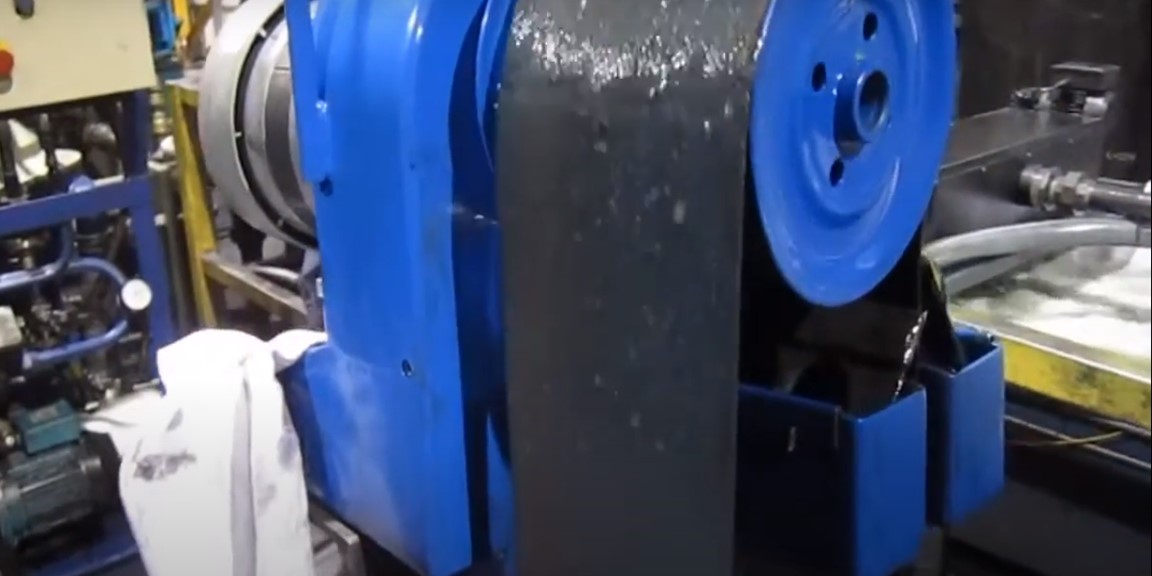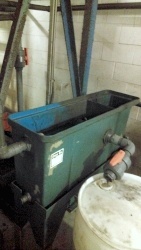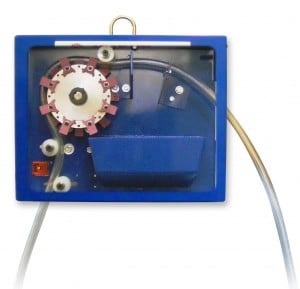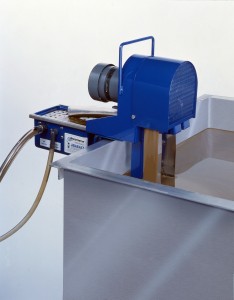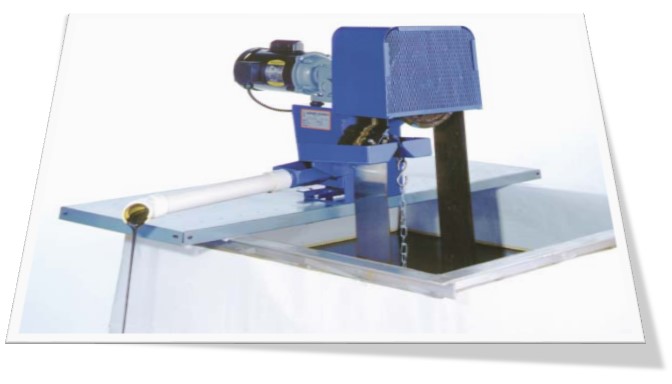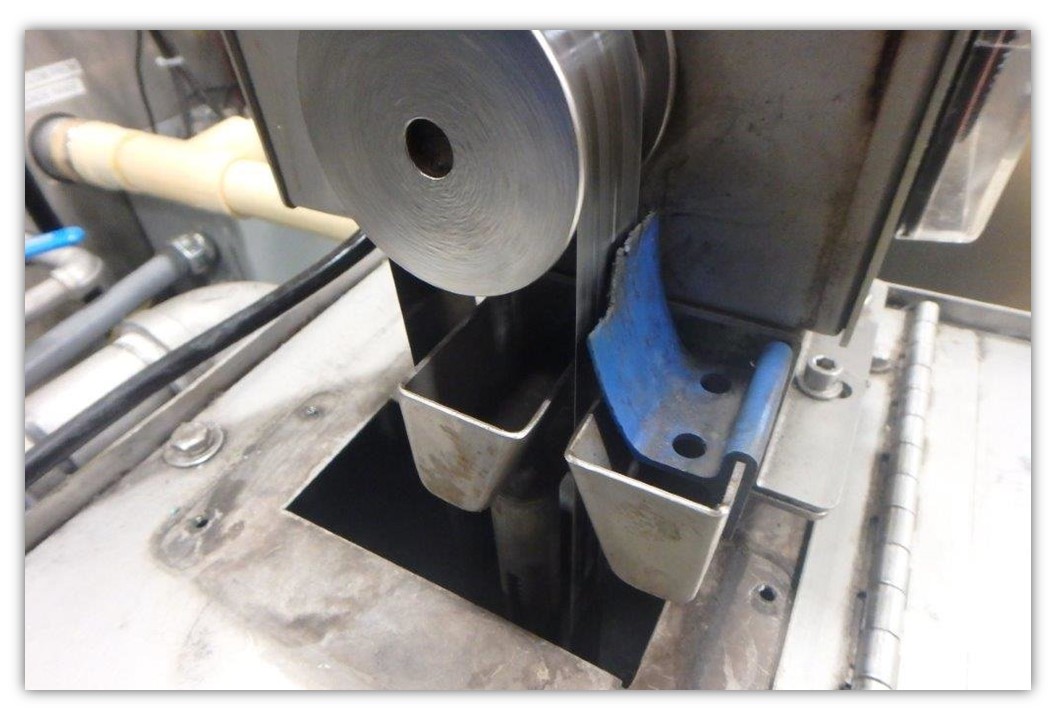Removing oil from water is a crucial step in many processes across numerous industries. From extending tool life to staying in compliance with government agencies, oil skimmers provide a cost-effective solution to removing oil from water or coolant.
Companies always look for effective ways to remove oil from water or coolant. Here are few more easy tips to skim oil from water or coolant.
If the skimmer must be run when little or no oil is present, use an oil concentrator
Under most operating conditions, skimmers pick up oil with only small traces of water. However, as surface oil is reduced to a thin layer (1/16 inch thick or less), more water (or coolant) may be picked up along with the oil. When used in tandem with an oil skimmer, the oil concentrator solves this problem by providing final phase separation. The result of this is optimal levels of water or coolant becoming available for recycling, and virtually water-free oil for is collected by the skimmer.
Choose the right belt for your application
Take the time to study which belt best fits your application – it will maximize the life of the skimmer belt and optimize the efficiency of skimmer. This applies to both length of the belt and the material of which it is constructed. As mentioned previously, choose a belt length that assures contact with the liquid at its lowest level. Belt materials are wide ranging and need to be selected based on variables such as the type of oil being collected, the liquid media that the oil is being collected from, and whether the skimmer is being used in an interior or exterior application. Any good skimmer dealer should be able to offer assistance when it comes to belt selection. Testing different belt materials prior to final selection is always a wise course of action.
Choose the optimal location for the skimmer to be mounted
Power availability and accessibility for routine maintenance need to be considered when selecting the location of the unit. Once that locale has been narrowed down, the skimmer should be mounted so that the down stroke of the belt is facing the bulk of the floating oil and is not within 2 feet of a wall or a tank side. This will ensure that the belt will be positioned to attract the maximum amount of oil, without allowing any dead zones where oil can be allowed to become stagnant.
Always remember that the friendly support staff of Abanaki Corporation is just a phone call away to help you with any of your skimming needs. Abanaki has emerged as the world leader in oil skimming solutions, serving industries as diverse as iron and steel, wastewater, paper, food processing, automotive, environmental remediation and recycling. With a guiding principle that has become a corporate motto, “Clean Our World” is the philosophy we have in mind when servicing our customers. If you have any questions about your oil skimming application, please call us. We are here to help!
To learn more about oil skimmers, please contact our experts at 440-543-7400 or visit our website: www.abanaki.com
You are just one step away from downloading Abanaki's most detailed resource on our oil skimming equipment. Simply click at the button to get your ultimate guide now.


